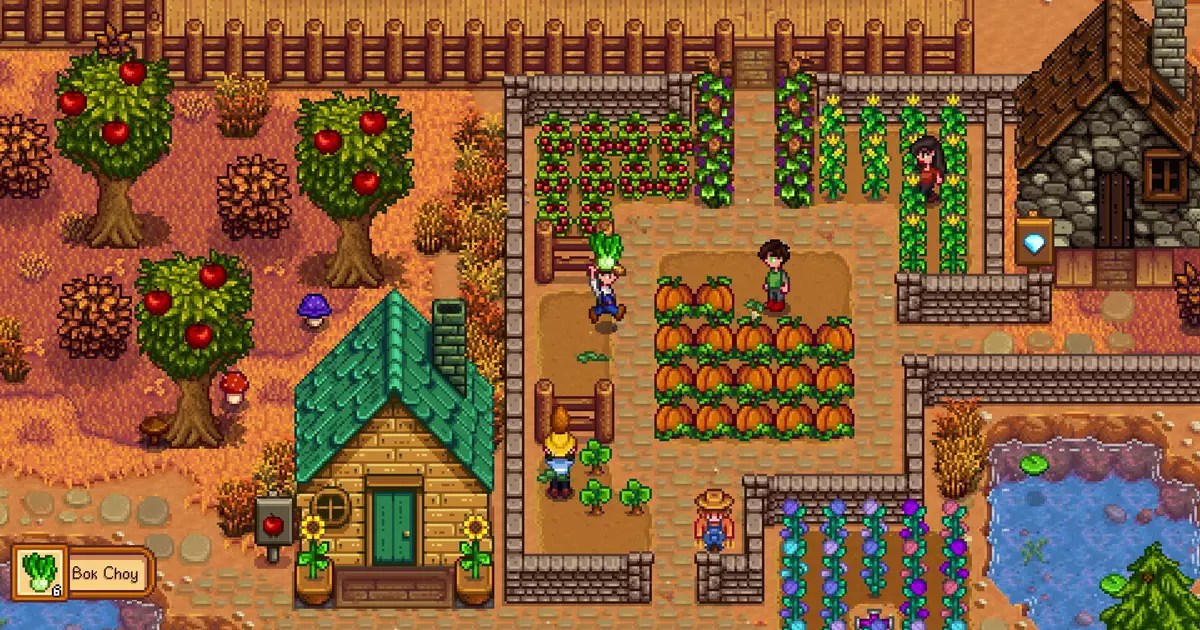Stardew Valley, the beloved farming simulation game created by Eric Barone, has seen its fair share of updates since its launch. One of the most notable and delightful changes occurred back in March, when the game introduced a slew of new pets, including cats, dogs, and turtles. These charming critters could also don hats, giving players a fun way to express their style on the farm. However, as with all things sweet, sometimes there can be a sour twist. The latest patch has revealed performance issues connected to these fashionable additions, and Barone has found himself in the unique position of addressing these quirks with a touch of humor, mixing lore and game mechanics seamlessly.
Recently, Barone took to the social media platform Xeet to inform players experiencing performance hitches that removing hats from their pets may alleviate the issues. He remarked that a peculiar “strange rash” was a likely cause, attributed to the pets’ fashionable headwear. This humorous take on a bug is not merely an attempt to pacify the player base; it cleverly intertwines the game’s lore with gameplay mechanics, making the developer feel more integrated into the whimsical world he created. Players seemed to appreciate this lighthearted approach, eagerly awaiting the resolution of the hat-induced pet problem.
While the suggestion to remove hats may have provided a temporary respite, it encapsulates a larger discussion within the gaming community: the balance between gameplay mechanics and the player’s emotional attachment to their in-game experiences. Players have invested time and care into nurturing their pixelated pets, and the idea of them facing an issue due to cosmetic choices is endearing yet frustrating. Barone’s blending of lore—like rumored rashes in Zuzu City—shines a light on how developers can transform bugs into narratives that add depth to gameplay.
In another instance of Barone’s lore integration, players reported disappearing chickens, prompting him to humorously attribute their vanishing to a roaming wild coyote on the farm. This type of storytelling not only makes the player experience richer but also showcases Barone’s witty communication style. Such whimsical explanations can nurture goodwill within a community that cherishes the personality behind the game.
However, it’s vital to acknowledge that bugs, while eventually fun anecdotes, can be frustrating in the moment. The community’s patience is put to the test as they navigate through broken game mechanics, even when triaged with fantasy reasoning. Thankfully, the chickens have since returned, but the hat saga remains unresolved—a testament to Barone’s dedication to thorough game balancing.
Looking back at Stardew Valley’s history, the patch notes have provided a treasure trove of quirky adjustments that define the game’s evolution. Interesting modifications such as players now closing their eyes upon falling asleep or trees no longer growing on furniture add an endearing mark of care—a commitment to refining gameplay while keeping the mood light. The instances when spouses would become entranced by rug items lead to entertaining player anecdotes, creating a tapestry of community memories.
Such moments reflect a broader concept in game design: the necessity to address both technical glitches and the emotional experience of players. When bugs generate amusing stories that players can share, they transform potential frustrations into beloved inside jokes among the community. Barone’s knack for this type of engagement not only humanizes the development process but forms a lasting bond between players and the world of Stardew Valley.
What Lies Ahead: Haunted Chocolatier
As if addressing occasional bugs weren’t enough, Barone is also hard at work on his follow-up project, Haunted Chocolatier. The new life simulation game promises to diverge slightly from the cozy atmosphere of Stardew Valley, introducing a greater emphasis on combat inscribed within a delightful narrative. Balancing updates for both games could prove challenging, raising questions about how Barone will maintain the distinct charm and humor that have become hallmarks of his design philosophy.
Stardew Valley isn’t merely a farming simulation; it’s an enduring realm full of personality, humor, and surprises. The whimsical dialogue concerning hats and disappearing livestock serves to deepen community ties, transforming hurdles into shared moments. Fans remain eager, hoping for further updates while looking forward to Barone’s next creative venture.


Leave a Reply